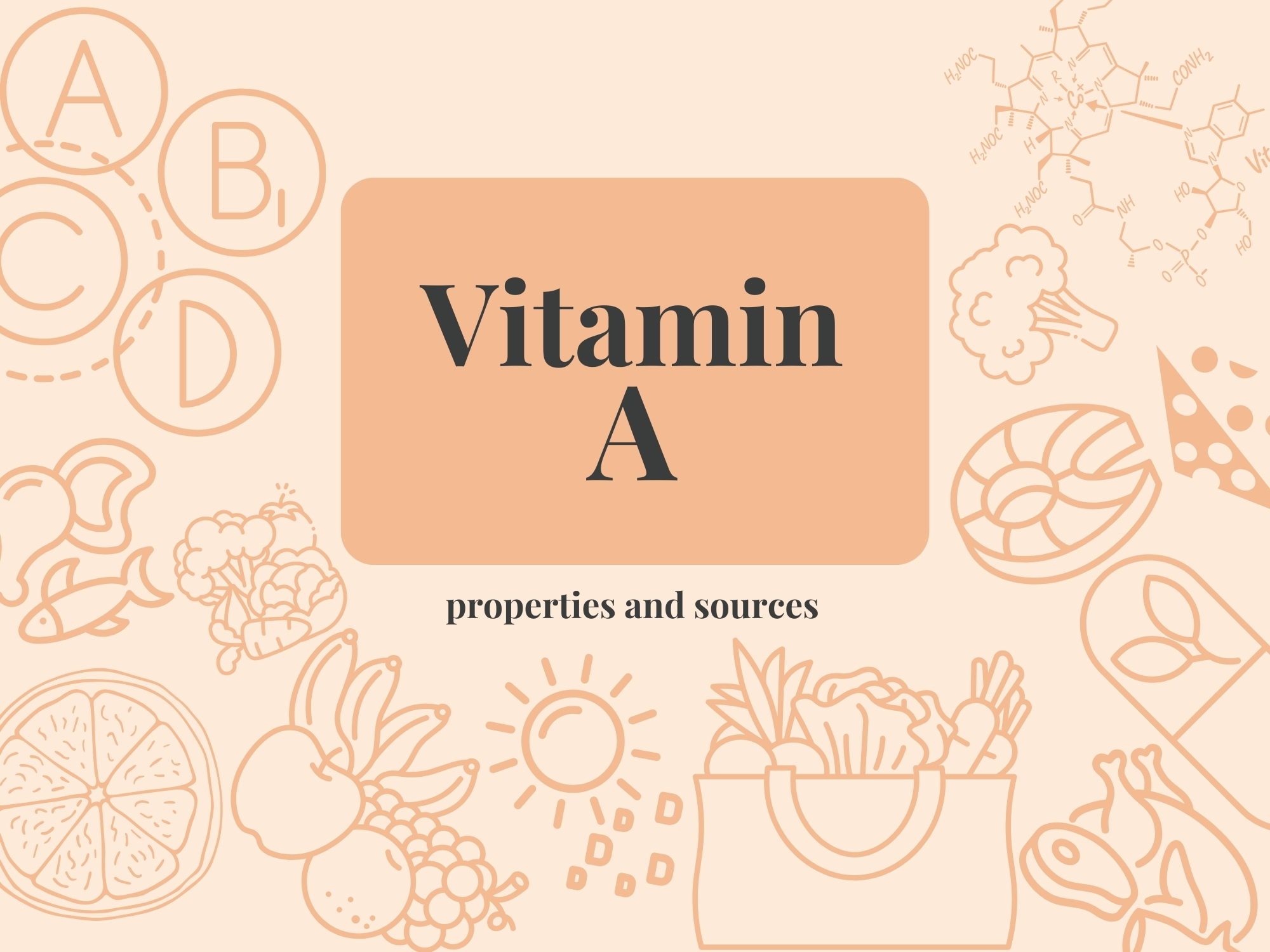
Vitamin A – properties, sources, and dosage
Vitamin A performs many essential functions in the body. What is the main role of vitamin A? What is its best source, and can it be overdosed? Check it out!
Vitamin A belongs to retinoids. They function as an essential nutrient in the body. It’s worth mentioning that retinoids are fat-soluble, hence products containing vitamin A are best consumed with meals providing fats.
Are there people who should be particularly cautious about vitamin A? Does vitamin A help in treating acne?
There are many questions regarding this group of organic chemical compounds, and we will try to answer them as simply as possible.

Key properties of vitamin A include:
- Strengthening the immune system
- Essential for proper vision
- May prevent cancer development
- Improves skin appearance and aids acne treatment
- Involved in protein synthesis and lipid metabolism
- Supports cell regenerative ability
- Participates in growth processes
Vitamin A appears as retinol in animal products and as provitamin A (beta-carotene) in plant products, each having different biological activities. It’s heat-resistant but deteriorates in contact with copper or iron.
What are the best sources of vitamin A?
- Cod liver oil
- Organ meats
- Sweet potatoes
- Carrots
- Kale
- Pumpkin
- Spinach
- Milk
- Yellow cheese
- Egg yolks
- Butter
- Tomatoes
- Red bell pepper
- Broccoli
- Beef
- Poultry meat
- Fish
- Yogurt
- Kefir
- Romaine lettuce
- Lamb’s lettuce
- Melon
The recommended daily intake for healthy adults is 700 µg RAE for women (770 µg RAE for pregnant women and 1300 µg RAE for lactating women) and 900 µg RAE for men.
Vitamin A deficiency is rare with a balanced diet, as it’s stored in fat tissue and the liver. Excess can be harmful, especially in pregnant women, leading to congenital disabilities. Increased demand occurs in stress, infections, gastrointestinal diseases, and low-fat diets. Deficiency can arise from impaired absorption, poor diet, smoking, and alcohol consumption.
Symptoms of vitamin A deficiency:
- Extremely dry skin on elbows, knees, arms, and thighs
- Poor vision at dusk and night (night blindness)
- Dry eyeballs (lack of tears)
- Reduced infection resistance
- Growth inhibition
- Nervous system changes
- Menstrual and fertility issues
- Ringing in the ears
Excess vitamin A is toxic.
Symptoms of vitamin A excess:
- Irritability
- Gastrointestinal disorders
- Skin discoloration
- Enlarged liver and spleen
- Skin itching
- Headaches
- Photosensitivity
- Seizures
- Brittle nails and hair loss
Vitamin A, discovered early, was only linked to diet and night blindness in the late 19th and early 20th centuries.
Our website is a diet blog where we publish every day:
– healthy advice
– breakfast recipes
– lunch recipes
– dinner recipes
– snacks recipes
– desserts recipes
Related issues – entry: vitamin A properties, vitamin A sources, what is the daily dose of vitamin A, symptoms of vitamin A deficiency, vitamins in human diet, vitamins in the diet.
Related topics- blog: diet recipes, fit recipes, healthy recipes, diet recipes blog, fit recipes blog, healthy diet recipes, healthy snacks, recipes with photos, recipes with calories, recipes with macronutrients, free menu, online diet, online diet price
